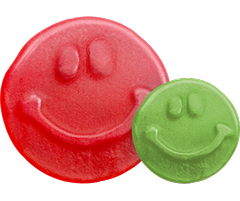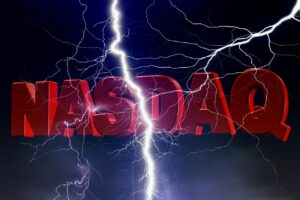Gold, risk asset or safe haven?
Is gold a risk asset or a safe haven? This question seems to be a favorite among those who like to debate the shiny metal’s value. The problem with the question is that it does not provide the right choice. Gold is neither a risk asset nor a safe haven. Gold is a measure of value. It has been a measure of value throughout history, and if recent central bank purchases are any indication, gold should still be seen that way today in most countries around the world. One of the reasons that the debate about whether gold is a risk asset or a safe haven seems to be based on is the fact that a troy ounce of gold has a monetary value priced in FIAT currency. This monetary value varies, and goes both up and down. Depending on how that ratio develops and how FIAT currencies perform relative to the stock and bond markets, commentators choose to call gold a risk asset or a safe haven. The debate tends to flare up almost every time the gold price moves in the opposite direction to the major stock market indices. You can also look back at how gold was priced in the 1980s and 1990s to see that gold is not an inflation hedge worth owning over long periods of time. However, most people miss what gold means as a store of value in a world of FIAT currencies. Since gold is a store of value in relation to FIAT currencies, all that really matters is how many troy ounces of gold each person owns. If gold is owned to protect the holder against a default in the financial system, the important thing is again how much gold each person owns. The gold that was bought to act as a store of value will either be converted into the new currency regime if the current system fails, which may well be the case with the euro. It may also continue to act as a store of value in the event that the owner does not trust either the current currency structure or any new currency regime. Another fascinating aspect of this debate is whether there must be a negative correlation between the dollar and the price of gold, which many believe is a requirement for the price of gold to continue to rise. If the world’s reserve currency, the US dollar, continues to rise against all other currencies, and gold continues to rise, then perhaps the price of gold will send a different message to the market. In fact, since spring 2008, the US dollar has strengthened against both the euro and the pound sterling, and marginally against the Australian dollar, and since fall 2007 also against the Canadian dollar. During the same period, the price of gold has soared. In recent years, those who have focused on the dollar or one or more specific currency pairs have missed the true measure of the stability of the world’s FIAT currencies, namely how many troy ounces of gold can be bought with these FIAT currencies. Ultimately, the debate about whether gold is a risk asset or safe haven is meaningless to an investor who is buying the metal as a measure of value. A more salient debate may be how the buyer of a store of value should allocate their funds between gold and other store of value assets such as silver, platinum and perhaps copper.
Or perhaps the debate should focus on questions such as what a troy ounce of gold would convert to under a new currency system, whether governments will act to re-confiscate gold in the event of a currency default, or whether gold valued in fiat currency terms will fall into oblivion when investors try to convert it into a new currency (if that time ever comes). Another issue often discussed by those who buy gold, either in physical form or in the form of other financial products, is how it should be owned. For those investors who do not see gold in its historical context, as a measure of value, it may be interesting to own ETFs, such as GLD or IAU. For silver and platinum, ETF options would be SLV and PPLT, while in the case of copper, perhaps exchange-traded JJCs would be appropriate.
About the Vikingen
With Viking’s signals, you have a good chance of finding the winners and selling in time. There are many securities. With Viking’s autopilots, price data, tables and stock prices, you can sort out the most interesting ETFs, shares, options, warrants, funds, etc.
Click here to see what Vikingen offers: Detailed comparison – Stock market program for those who want to become even richer (vikingen.se)













